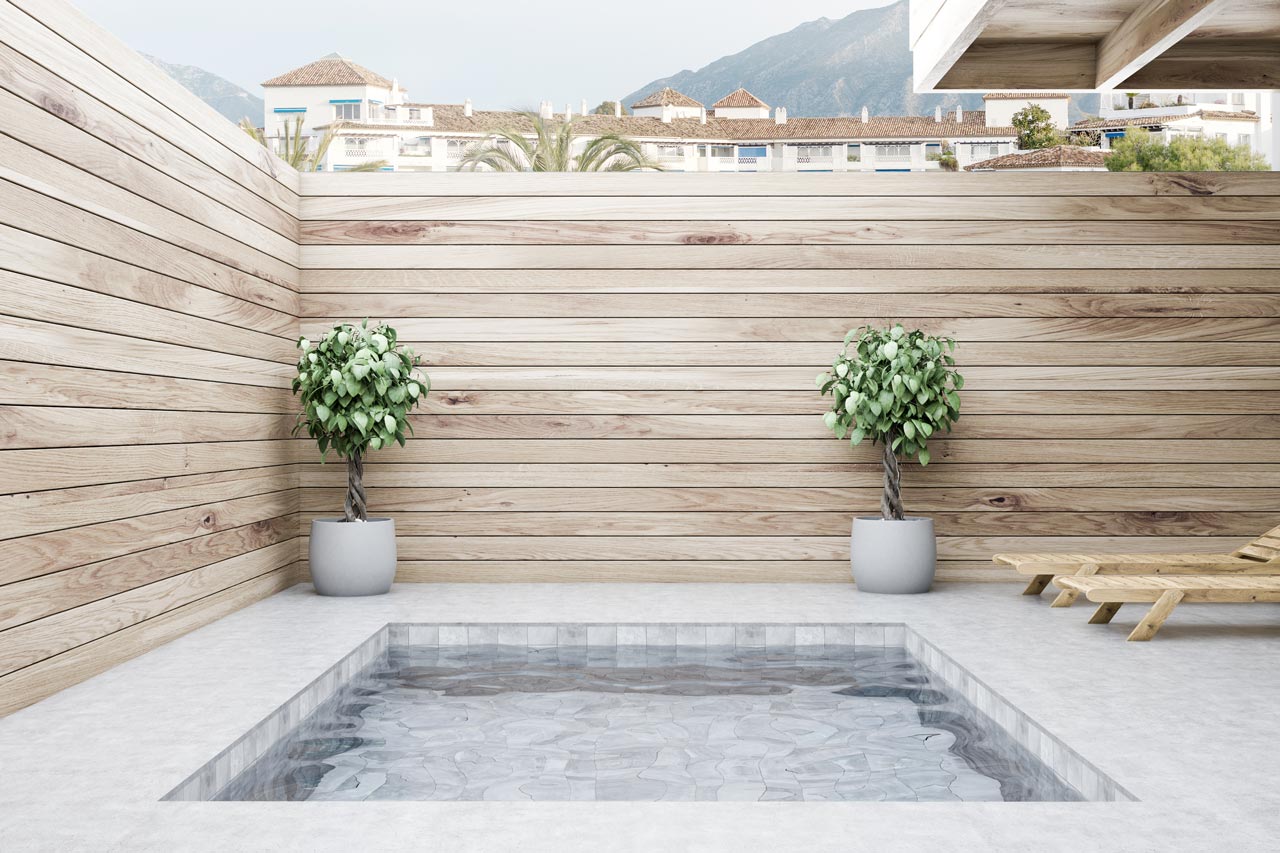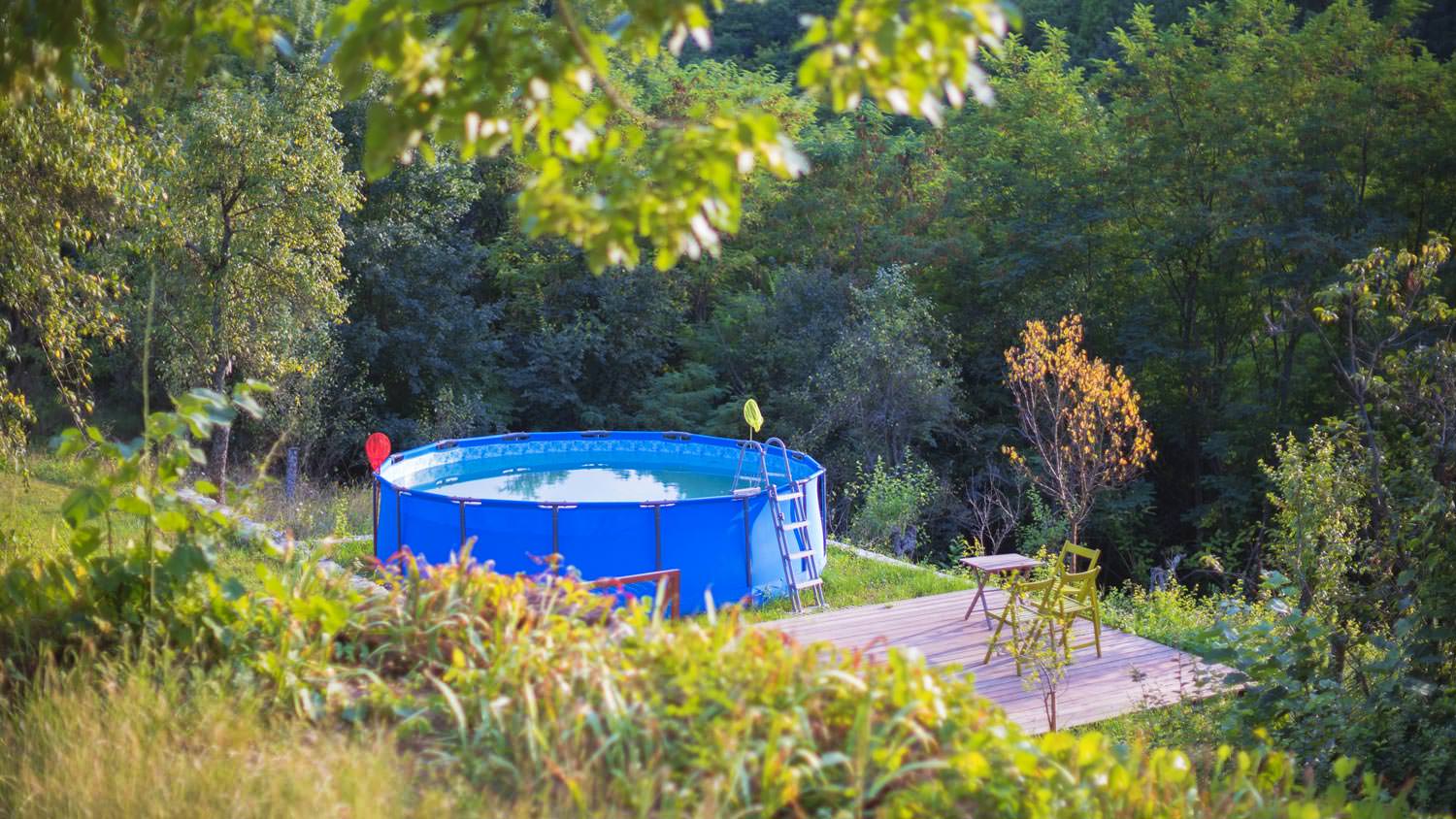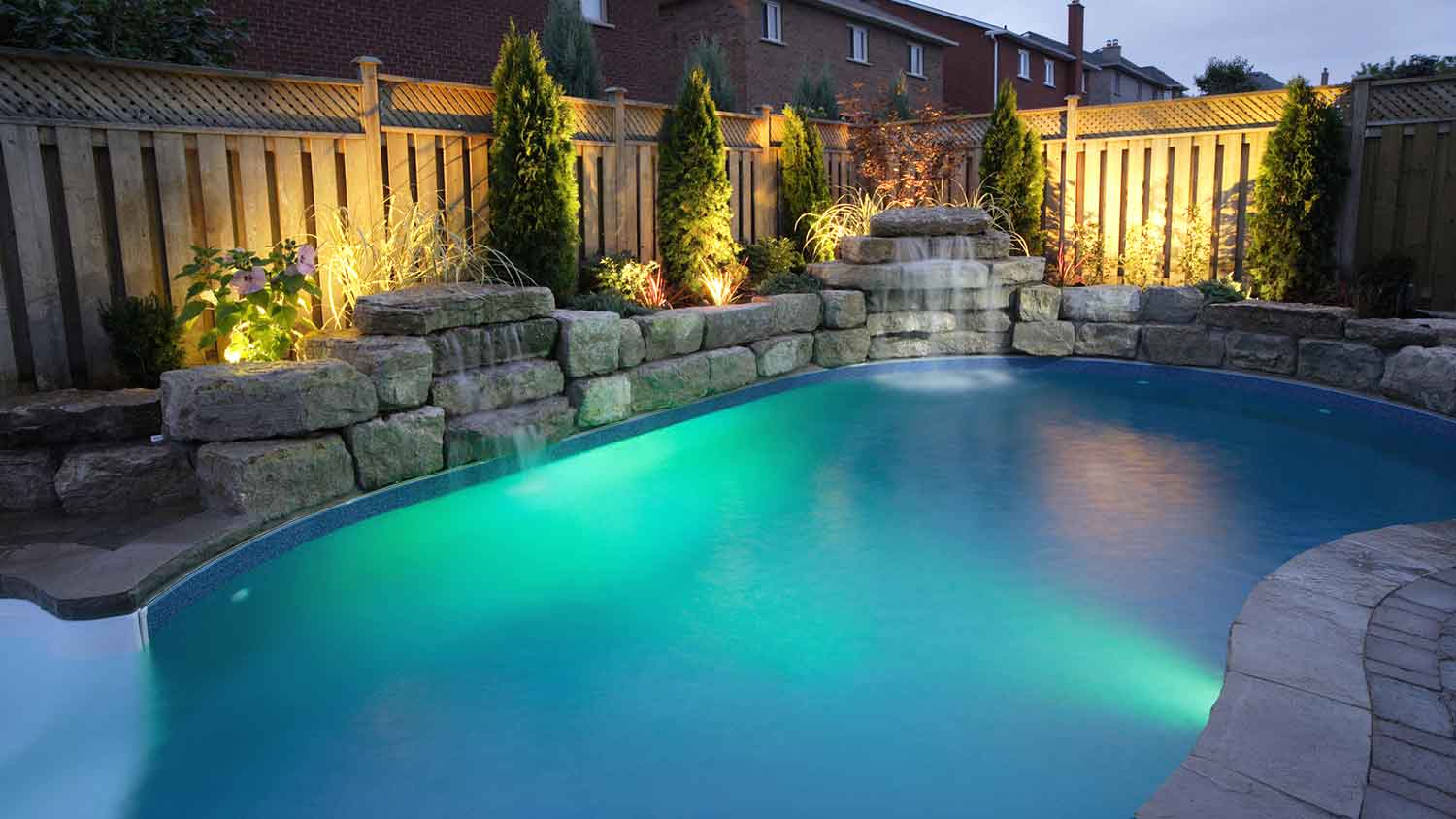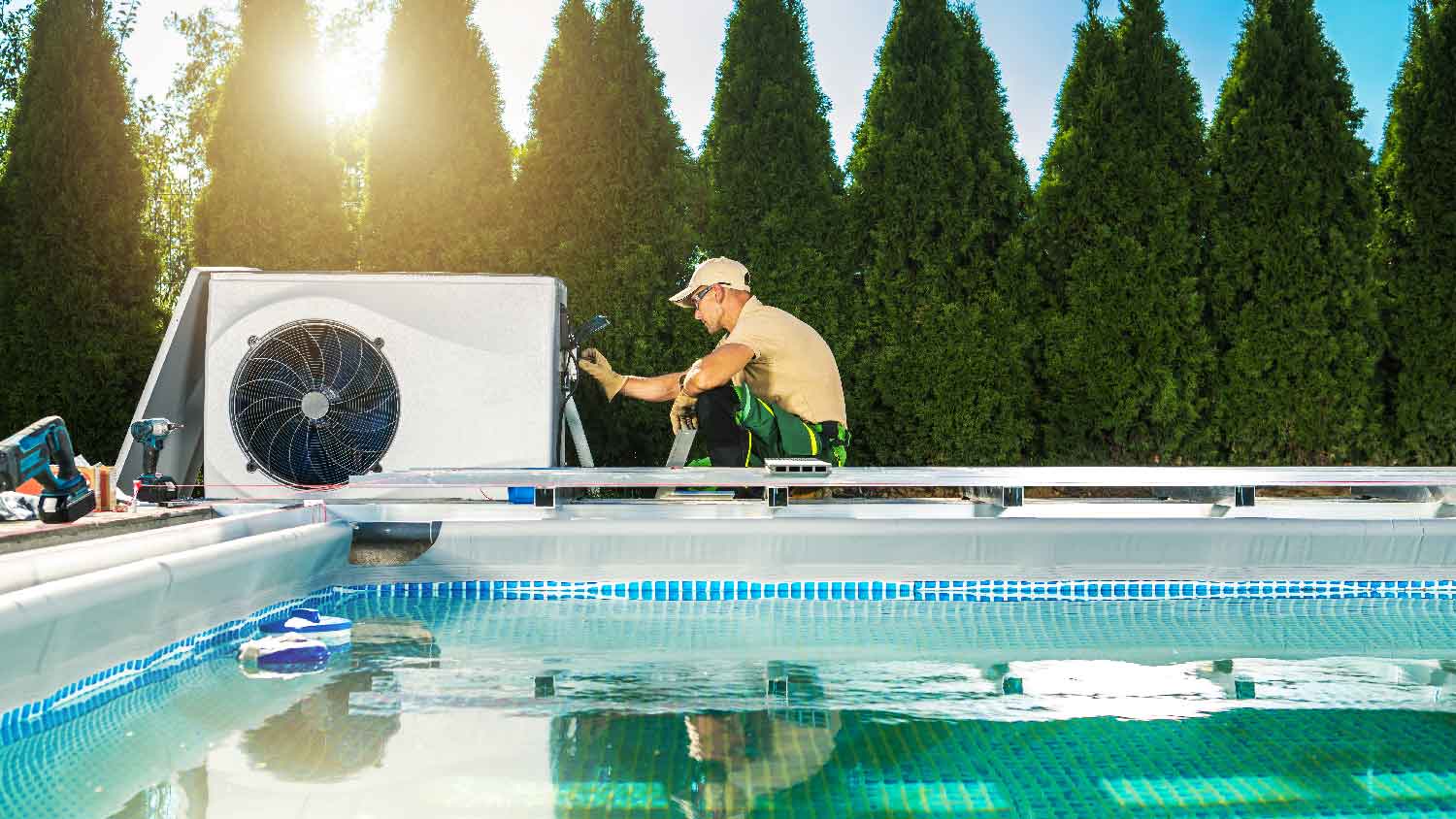
Gunner Insulation Company LLC
Gunner Insulation Company LLC
Welcome to Gunner Insulation Company, LLC! Why Choose Us? Gunner Insulation Co., LLC is the leading insulation contractor for all residential and commercial properties. Our company has been in business for 13 years, and has 40 years of experience, working on over 1000 homes and businesses in Minnesota. We are licensed, bonded, and insured in the state of Minnesota, and fully equipped to manage all of your insulation needs! Our expertise is in insulation installation, but that is just one of our abilities. Our company offers complete insulation services to help cut down your energy bills, and keep your home warmer in the winter and cooler in the summer seasons. Our insulation services will help minimize heating and cooling costs to your home or commercial property. Our company offers free estimates for your home or office, to easily help you decide that we are the right people for the job! We are a company of honor. We service Minneapolis and St. Paul as well as their surrounding areas. All of our products come with their own warranties. We guarantee our workmanship for 5 years.
"Work done timely and cleaned up as promised"
Kaye S on September 2024
Welcome to Gunner Insulation Company, LLC! Why Choose Us? Gunner Insulation Co., LLC is the leading insulation contractor for all residential and commercial properties. Our company has been in business for 13 years, and has 40 years of experience, working on over 1000 homes and businesses in Minnesota. We are licensed, bonded, and insured in the state of Minnesota, and fully equipped to manage all of your insulation needs! Our expertise is in insulation installation, but that is just one of our abilities. Our company offers complete insulation services to help cut down your energy bills, and keep your home warmer in the winter and cooler in the summer seasons. Our insulation services will help minimize heating and cooling costs to your home or commercial property. Our company offers free estimates for your home or office, to easily help you decide that we are the right people for the job! We are a company of honor. We service Minneapolis and St. Paul as well as their surrounding areas. All of our products come with their own warranties. We guarantee our workmanship for 5 years.
"Work done timely and cleaned up as promised"
Kaye S on September 2024











